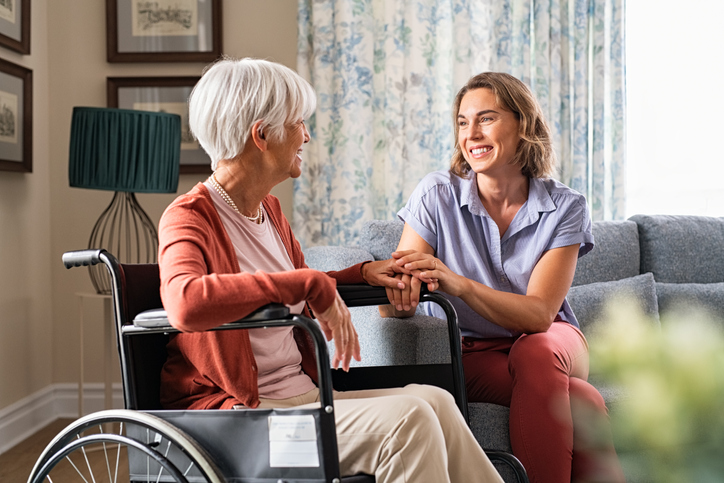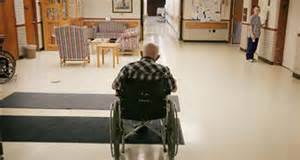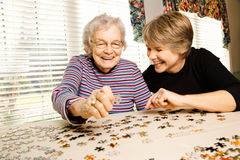.
Living in a care community...
is a significant change for many people, especially if they have lived independently for most of their lives. It is a place where people who require more care and assistance with daily tasks can live, such as those with physical or cognitive impairments, chronic medical conditions, or advanced age.
 For some people…
For some people…
living in a care community can be a positive experience, as they are able to receive the care and support they need while being surrounded by peers and a supportive staff. People can participate in various activities and social events, have access to medical care, and receive help with daily tasks such as bathing, dressing, and meal preparation.
 However, for others…
However, for others…
living in a care community can be challenging. Some people may feel a loss of independence, freedom, and privacy. They may miss their home and family members, and find it difficult to adjust to a new environment. Additionally, some people may experience social isolation or loneliness, which can impact their emotional well-being.
 “Companion” volunteers…
“Companion” volunteers…
make the difference, because they have been trained to create “authentic” relationships with people living in care communities, and in particular, those people who do have family or friends coming to visit them. We know that loneliness and social isolation leads to premature death. In fact, people not receiving regular visits are twice as likely to die in the same period as those people who are receiving regular visits. “Companion” volunteers improve the quality of life for the people with whom they spend time.
 Start your journey here…
Start your journey here…
…by completing this training. It will give you the foundation you need to an effective and impactful “companion” volunteer. The long-term care communities are filled with a lot of people and activity.
.
“Volunteering in Long-Term Care Communities” will help you understand:
- How a long-term care communities operate
- What the needs are for people living in these communities
- Basic communication skills
- Non-Verbal communications skills
- How to be a valuable part of the team
- How to create activities that are unique to the people you visit
- The myths and stereotypes of aging
- Your role in “person-directed” care
- Regulations for privacy and resident rights.
.
The training is geared for adults…
The training is interactive. You will have the opportunity to interact with the trainer and other people in the course. There are exercises, short interactive videos (15 minutes or less) and other interesting activities. When you successfully complete the course you receive a “Certificate of Completion” that you can download and print.

Don’t be afraid to take the next step! Our team has many years of experience in long-term care and volunteering. We are here because we know how important your presence will be to someone and how much of a positive impact it will have on you. We’ll be with you every step of the way! So, are you ready to make a real difference in someone’s life and yours? Take the next step!
.
Questions / Need Help?
Here are some commonly asked questions. If you other questions or need more help enrolling in the training course, email Info@NALTCV.org
